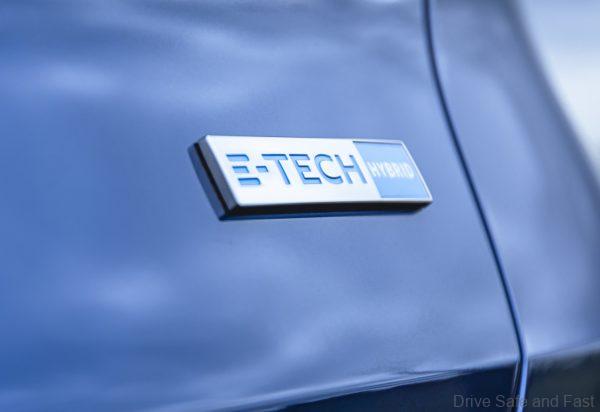Renault follows Volvo in the quest to keep drivers from speeding.
New Renault models on the way to showrooms globally will have their top speed capped to 180km/h. Yes, even your favorite F1 inspired street Renaults like the Megane R.S.and the Koleos SUV will have a top speed limit of 180km/h and this is in line with the direction set by Volvo Cars last year. In case you did not know, Volvo Cars initiated this top speed limit last year and it applies to all new models immediately. In Malaysia, the latest Volvo S60 was the first have its top speed restricted.
Groupe Renault has announced that it will limit the top speed on all Renault and Dacia cars and SUVs to 180 kph. The first model to come with this new top speed limit will be the Renault Megane-E set to debut in 2022 in the European market.

VERSION R.S. LINE – BADGE E-TECH HYBRID SUR PIED MILIEU 
VERSION R.S. LINE – JANTES RS LINE GRIS ERBE DIAMANTE 18 POUCES 
VERSION R.S. LINE – JANTES RS LINE GRIS ERBE DIAMANTE 18 POUCES 
VERSION R.S. LINE – SELLERIE TISSU ET CUIR RS LINE – BANQUETTE ARRIERE 
VERSION R.S. LINE – SELLERIE TISSU ET CUIR RS LINE – PLANCHE DE BORD 
VERSION R.S. LINE – CONSOLE CENTRALE – LEVIER DE VITESSE E-SHIFTER 
VERSION R.S. LINE – TABLEAU DE BORD – MODE SPORT
This initiative is part of the firm’s revamp as part of its Renaulution strategy and ties in with the sustainability goals laid out by this plan. The high-performance Alpine sub-brand has been left out of this, which suggest that sportier Renaults won’t come with the speed limiter.
Renault will also equip its cars with a few more features to reduce road accidents. This will be a ‘Safety Score’ readout in the infotainment which will analyse the user’s driving through sensors around the car and throw up tips to encourage safer driving.
The firm’s cars will also feature a ‘Safety Coach’, which will warn drivers of potential risks on their route and process road and traffic data for real-time warnings. Finally, there will be a ‘Safe Guardian’ mode which will slow the car down via a fail-safe mechanism that will trigger automatically when the system detects a dangerous situation like an abrupt turn, no steering control for an extended amount of time or drowsiness.

Two further innovations have been made for Renault cars sold in Europe, set to be rolled out across the range. The ‘Firefighter access’ system will significantly reduce response time in putting out electrical and battery fires, from two hours to a few minutes. Renault cars will also feature a ‘Rescue Code’. This will be a code that emergency services can scan and gain information on the car’s structure. The company claims this should help rescue accident victims within 15 minutes.
While it is yet to be seen how much of this initiative trickles down to Renault’s Indian offerings, we think these innovations can have a useful impact on our market.

With ESC and some level of driver assistance system set to become mandatory in India over the next decade, these technologies could amplify those safety benefits. These will also help educate Indian drivers on safer driving, the lack of which is one of the key causes of our high road fatalities.










